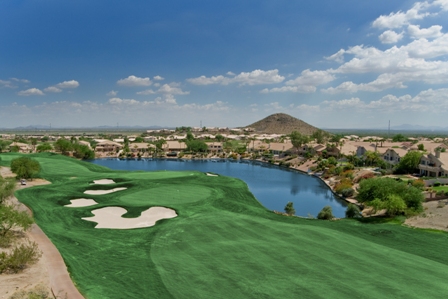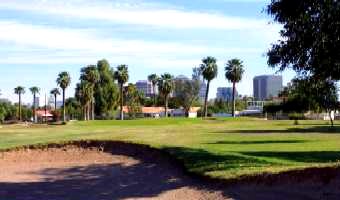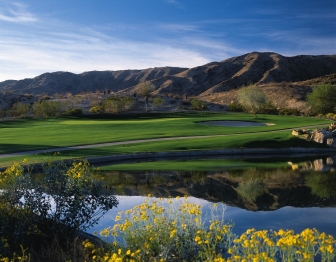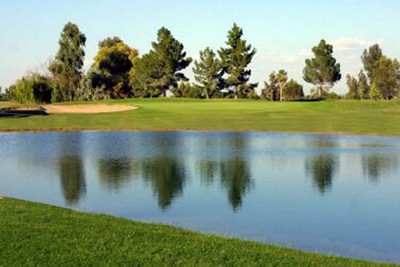The Buzz: With its setting, you might not feel like you’re still in Phoenix but in a more remote location, where the Sonoran Desert prevails and nature, serenity and wildlife are prominently on display. That is part of the allure of The Foothills, a course designed by acclaimed architects Tom Weiskopf and Jay Morrish. Before creating their own design firms, they also collaborated on the TPC Scottsdale, home of the Phoenix Open, and the Forest Highlands Canyon Course in Flagstaff, which has hosted U.S. Golf Association championships. Foothills offers subtle variations of both and appeals to the grip-and-rip contingent as well as the course-management-minded player.

This course is tucked away in the secluded ridges, craggy outcroppings and buttes on the south side of South Mountain in an area known as Ahwatukee. While some consider it a town unto itself, it has been annexed to the city of Phoenix and got its name from Miss Helen Brinton, who once owned much of this land. According to some historic accounts, she took the name from the Crow words awe chuuke, meaning “land on the other side of the hill” or “land in the next valley.”
You will find hills, valleys, mountain backdrops and a whole lot more if you tee it up on this course that stretches to 6,968 yards, has a links feel, fast-paced greens and, typical of Weiskopf designs, several risk-reward holes. Among them is the par-4 sixth, which is the favorite of many Foothills golfers. It plays at just 311 yards from the tips but requires a well-placed left-to-right shot to avoid bunkers and to reach the putting surface from the tee. Other memorable holes are the second, a 513-yard par-5 with a split fairway, and the eighth, another par-5 that winds downhill. It also is a risk-reward hole that can be reached in two shots and the second is tantalizing but to pull it off you need to avoid a large water hazard to the right of and behind the green. More fun is in store at the 14th and 15th holes, a pair of par-4s at 385 and 451 yards that play around the same lake in opposite directions. The fairways offer plenty of room in the landing areas but desert transitions lie in wait of errant shots on the course that has received 3 ½ stars from Golf Digest’s “Places to Play.”
Foothills also has an excellent 19th hole in the Double Eagle Grill, which is well known for its Sunday brunch.







